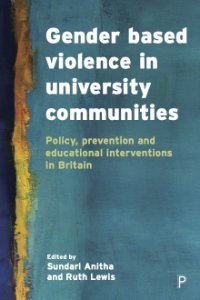C Wright Mills
In "The Sociological Imagination," C. Wright Mills invites readers to explore the intersection of personal biography and social structure, urging us to understand how our individual experiences are shaped by larger societal forces. With a keen sociological eye, Mills challenges readers to see beyond their immediate surroundings and consider the broader historical and structural contexts that inform our lives.
Through compelling arguments and thought-provoking analysis, Mills encourages us to develop a sociological imagination - a critical perspective that enables us to connect our personal troubles to public issues. By examining the interplay between personal biography, historical context, and social structures, Mills sheds light on the complexities of modern society and the interdependent relationships that shape our everyday lives.
"The Sociological Imagination" remains a foundational text in sociology, inspiring readers to question their assumptions, challenge the status quo, and develop a deeper understanding of the intricate web of social forces that influence our world. Mills' compelling work continues to resonate with readers today, offering a timeless exploration of the power of sociological thinking to illuminate the complexities of the human experience.
Oxford University Press. LONDON. OXFORD. NEW YORK. 1959. 239p.





















